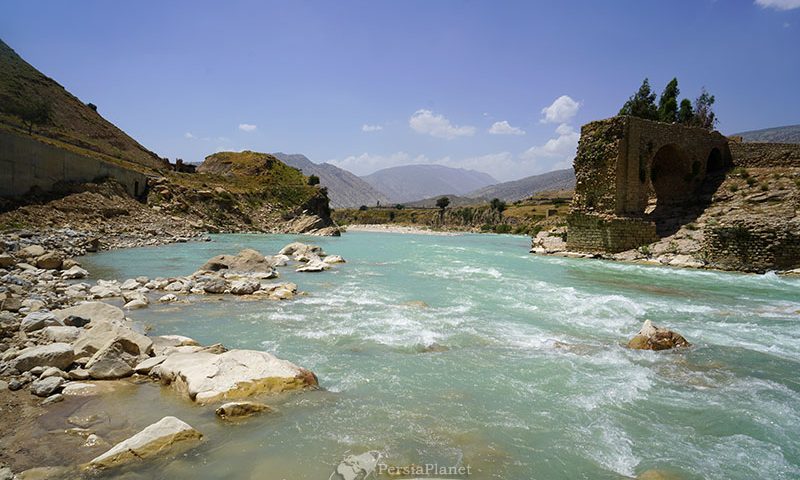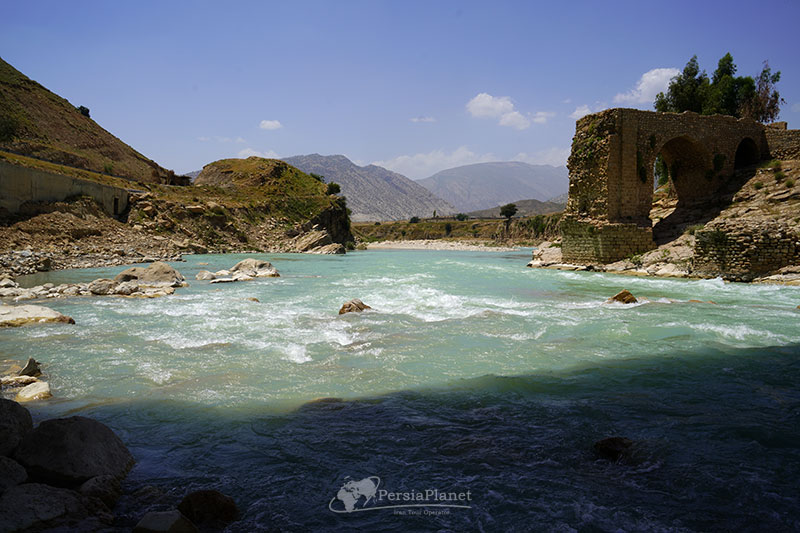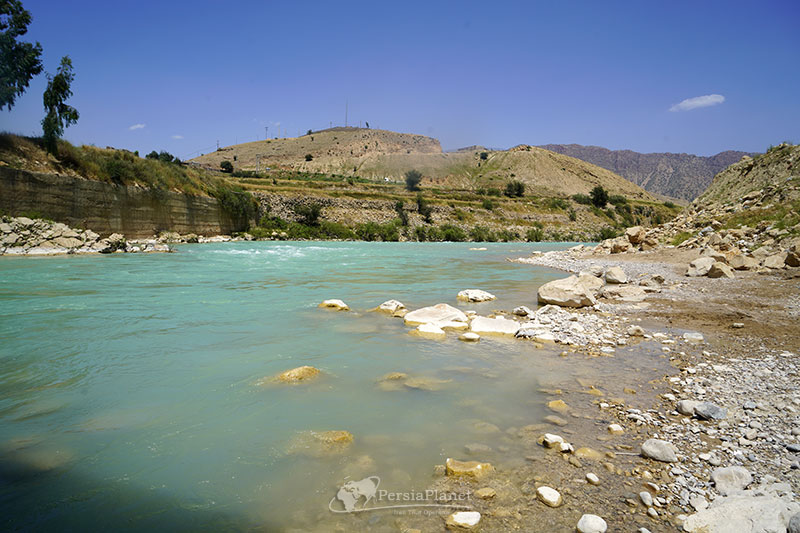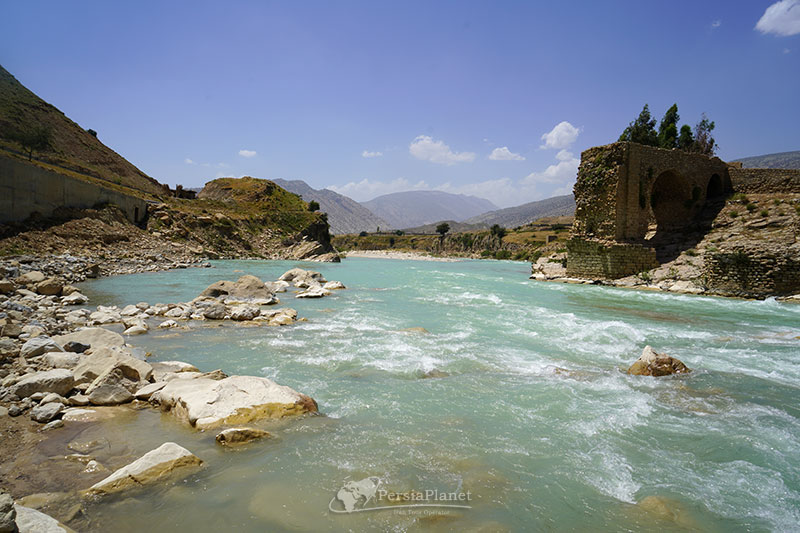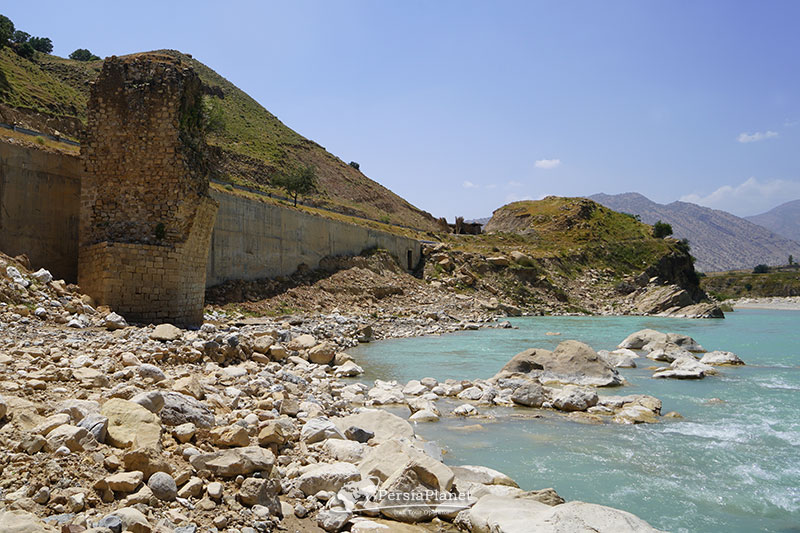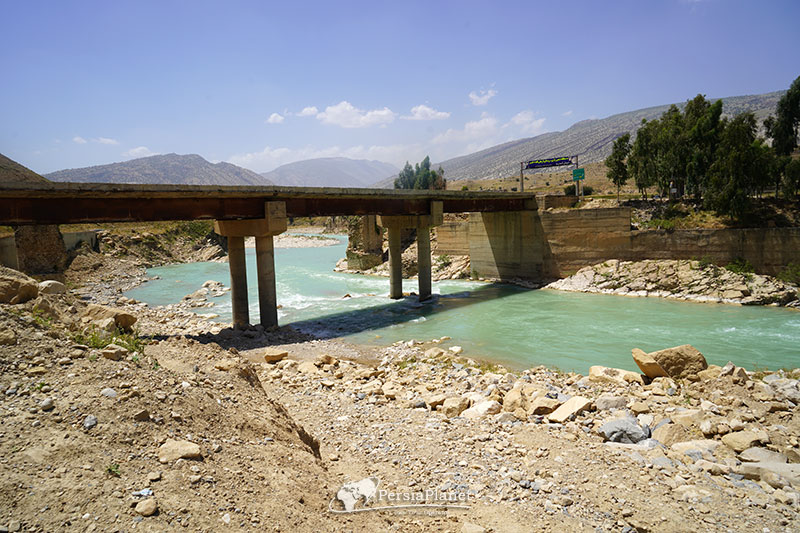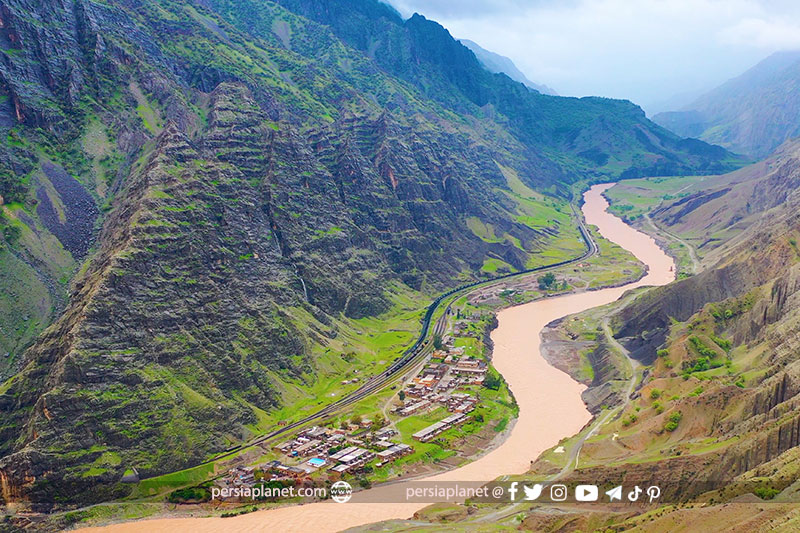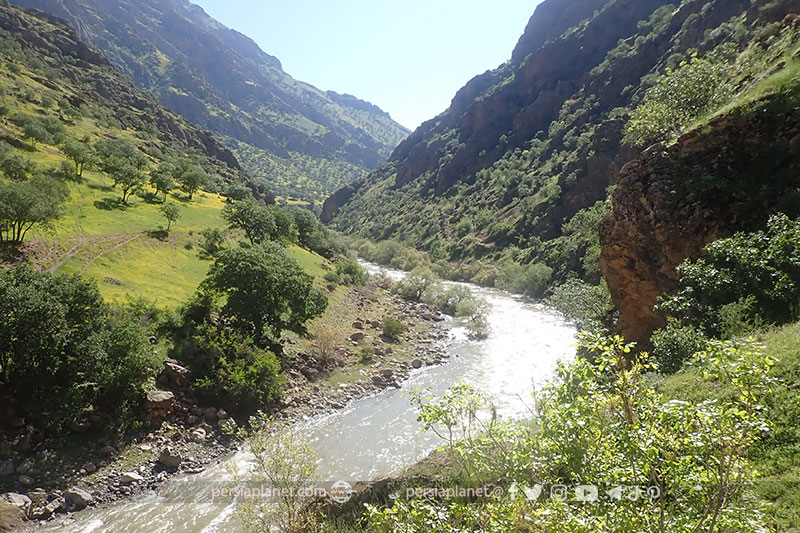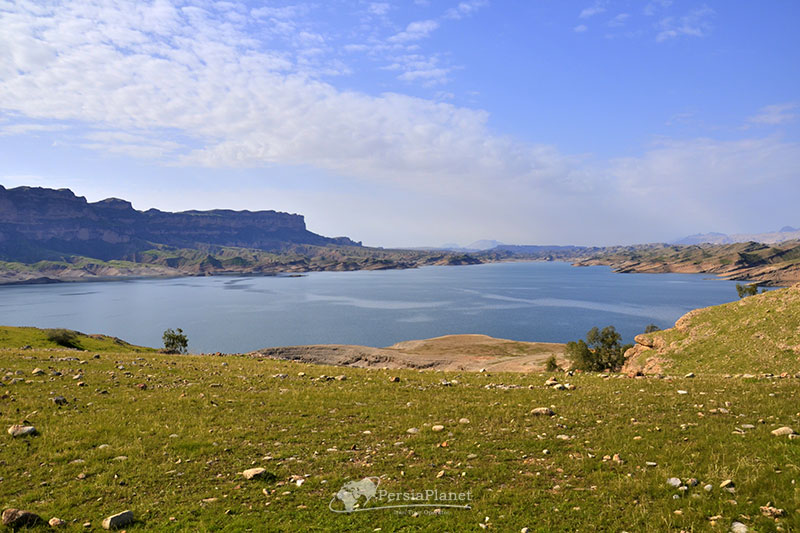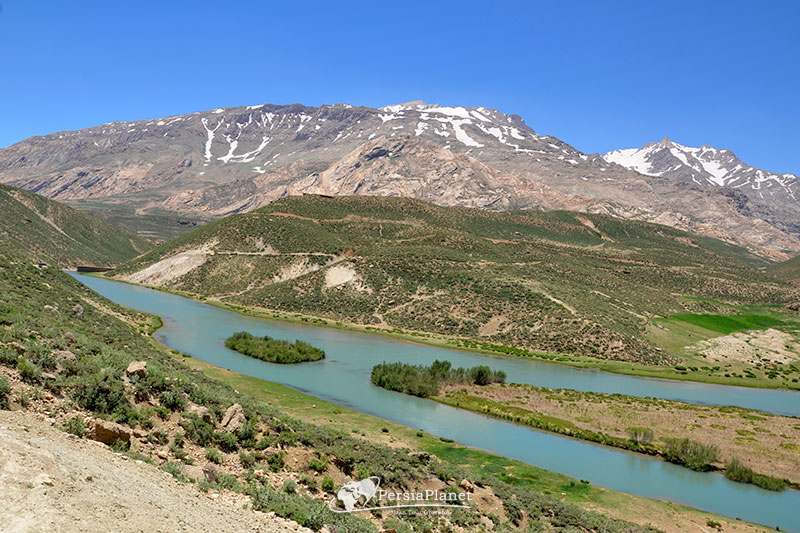Maroon River

Shah Bahram River
November 3, 2020
Khamin Mountain Protected Area
November 4, 2020Mountains are directly or indirectly the source of life around them or in remote areas. Because many large rivers all over the world, including in Iran, originate from mountainous areas and make life prosperous by transferring water and enriching their downstream lands. The mountains of Iran, including Alborz and Zagros, are no exception to this rule, and especially the Zagros mountains, by creating water-rich rivers, have created many civilizations along or down the plains.
Many rivers originate from the Zagros mountains, most of which enter the vast and flat lands of the southern provinces of Iran, especially Khuzestan, after a long journey. During their journey, these rivers irrigate many cities and villages and finally reach the Persian Gulf or one of the wetlands near this bay.
Maroon is one of the beautiful rivers of “Kohgiluyeh and Boyer-Ahmad” province, which originates from a large catchment area in the north of this province and after a long route and passing near cities such as Landeh, finally reaches the Maroon Dam.
This river has become one of the tourist attractions of this province due to its beautiful landscapes and wide valleys along its route, and many enthusiasts travel to visit it. Along the river, you can see many villages that have achieved a lot of agriculture and animal husbandry thanks to this water.
One of the nice places to visit the Maroon River is Qala-e Dokhtar on the way to Qala-e Raisi, which can be seen from the heights of this area. In addition, the remnants of an old bridge over the river are another attraction for visitors to the Maroon River.
Maroon is turquoise blue most of the year. The beautiful color of the river along with white sand and lush trees can capture attractive images.
Maroon River enters Khuzestan province at the end of its journey and by changing its name to Jarahi River, it finally reaches the beautiful Shadegan wetland to create a wide ecosystem, plant and animal life.
Mehdi Gholami.

